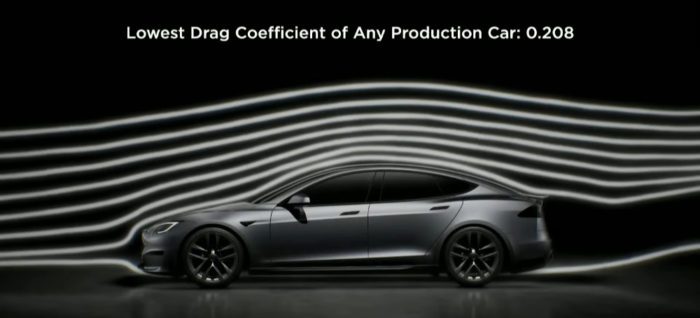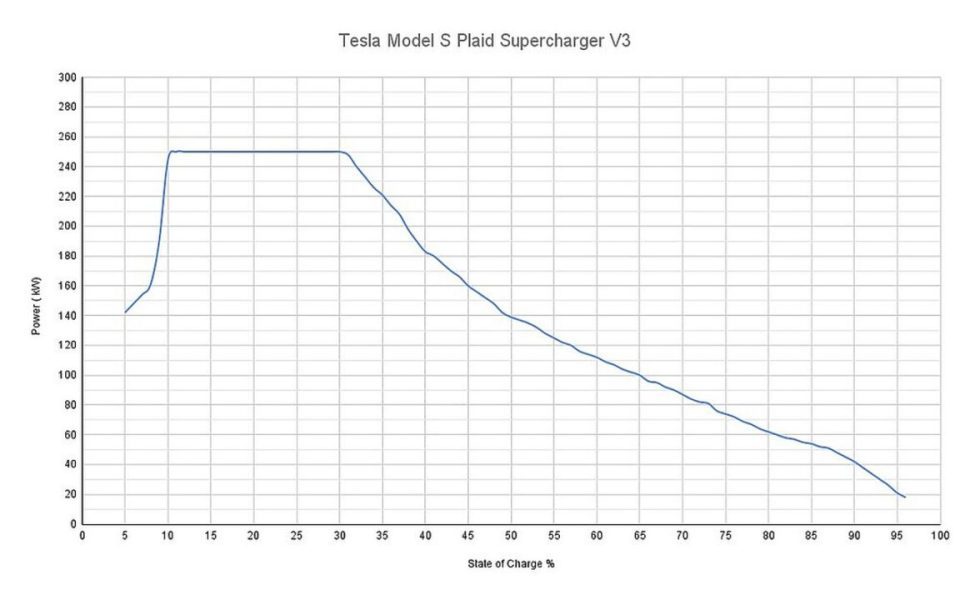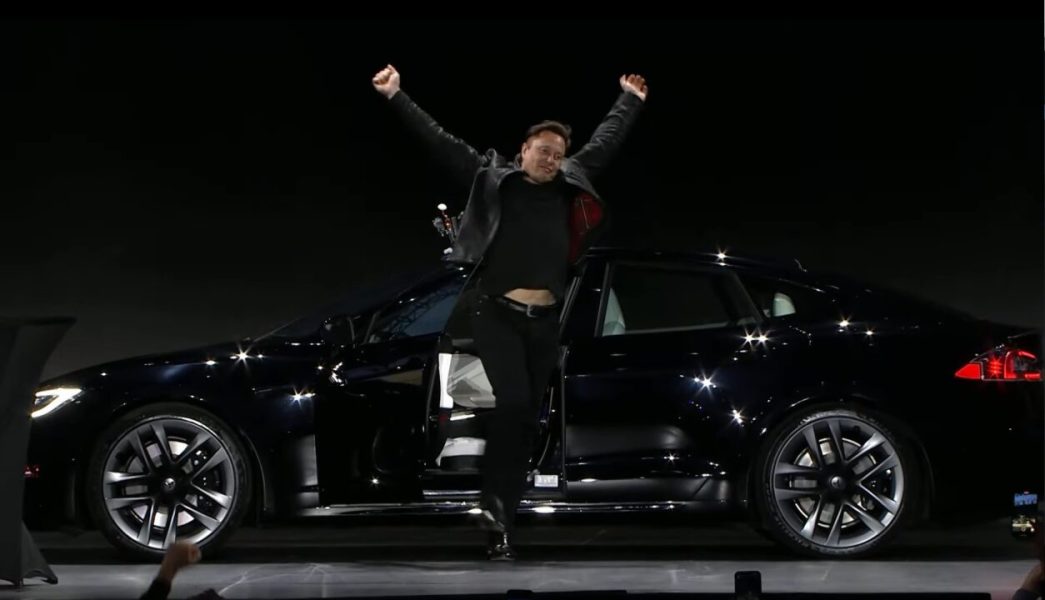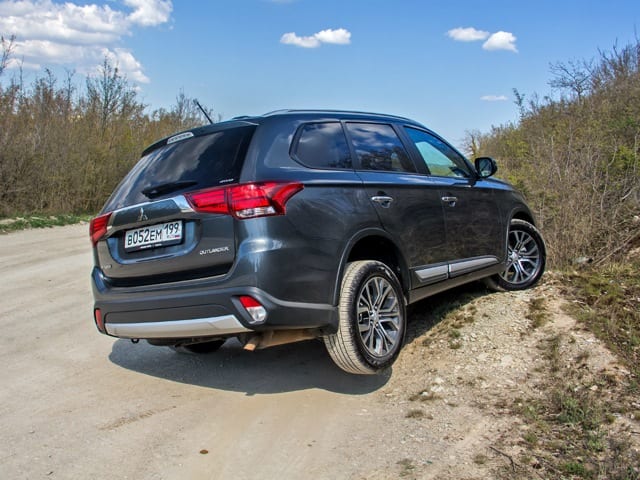
Tesla Model S Plaid charging curve on Supercharger v3. The promised 280 kW is not present, but it is good.
A diagram of the charging curve of the Tesla Model S Plaid, the latest variant of the Model S, appeared on Twitter. On the third generation (v3) supercharger, the car stably withstands 10 kW from 30 to 250 percent, and then reduces the power output, but even with 90 percent of the battery it reaches more than 40 kW. Under optimal conditions, of course; in winter or with a subcooled battery it can get worse.
Tesla S Plaid Charging Curve
The two most important takeaways from this charging curve are: 1) you need to use a Supercharger v3 (in Poland: 1 location in Luchmiz), 2) try to plan your route so that when you reach your destination you have a battery discharge of up to 10 percent. to recharge the 20 percent battery with the maximum available power.

There is also a third important piece of information: if the Tesla Model S Plaid reaches 560 kilometers EPA on battery, then mileage of 10-30 percent corresponds to 112 km of run with a smooth ride and less than 80 miles on the motorway (we assume the Model S Plaid has a usable battery capacity of 90 kWh). For safety reasons, we will reduce the last value to 75 km - this is the distance to the motorway in 4 minutes 20 seconds. After 10-11 minutes of parking, it will be about 150 kilometers on the highway and about 220 kilometers in the countryside [preliminary calculations www.elektrowoz.pl].
The thresholds are as follows:
- 10-30 percent - 250 kW,
- 30-40 percent - 250 -> 180 kW,
- 40-50 percent - 180 -> 140 kW,
- 50-60 percent - 140 -> 110 kW,
- 60-70 percent - 110 -> ~ 86 kW,
- 70-80 percent - 86 -> 60 kW.
With the Supercharger v3, the car delivers a better charging capacity than the Audi e-tron, in the range of 10 to less than 50 percent, which is 10 to 60 percent better than the Mercedes EQC. So if we are in a hurry and we are not far away, it is worth thinking about replenishing energy in the range of 10-50 or 10-60 percent. But even beyond the 60 percent limit, the charging power is enviable.
Here is another charge curve from 24 percent taking into account the time (source):

MotorTrend measurement shows that even on Tesla Model S Plaid v3 superchargers they do not achieve charging power above 250kW. The 280kW that Musk announced at the premiere is still a bit short – but it looks like the Tesla Model S Long Range charging curve will look exactly the same after the facelift.

This may interest you:

